Tomato diseases in the photo
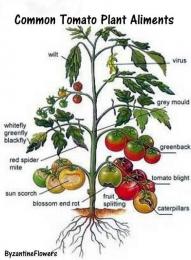
Tomatoes can be grown as on open ground, so in greenhouse conditions. To obtain a high-quality harvest, this vegetable crop requires special care and prevention of various diseases in any growing conditions.
Content:
If we consider tomato diseases in the photo, then you can notice that many diseases affect not only the leaves and stem, but also the fruits. Tomato diseases can be divided into infectious and non-infectious. Infectious diseases include fungal, bacterial and viral lesions, brief information about which you can see Here and below. We will also talk about tomato lesions that are non-infectious in nature.
Some infectious diseases
One of the common viral diseases of tomatoes is mosaic. Moreover, this disease can affect not only greenhouse plants, but also those plants that grow in open soil. Mosaic affects the leaves, changing their color and shape. First, yellowish-green spots appear on the leaves, and they begin to wrinkle and curl. As a result, tomatoes practically do not bear fruit, turn yellow and die.
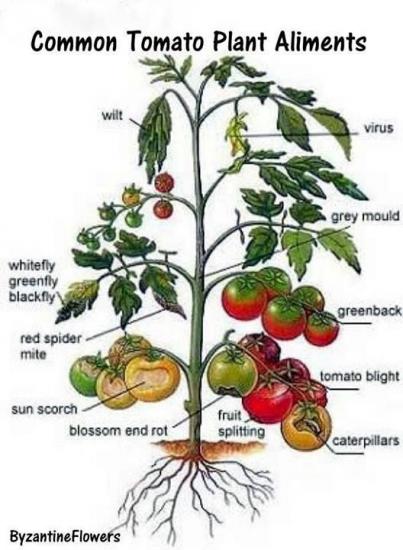
Plants affected by mosaic are recommended to be pulled out and burned. To prevent the occurrence of this disease, the seeds should be treated with a weak solution of potassium permanganate, and subsequently the seedlings should also be watered with it once every three weeks.Stepping also refers to the preventive measures of this disease.
Some tomato diseases in the photo give a clear idea of the course of the disease. For example, brown spotting of tomatoes is typical for film greenhouses and manifests itself in the formation of brown spots with a velvety gray coating on the underside of the leaf. Accordingly, the plant dies. The disease is spread by fungal spores and is therefore easily transferred to other healthy plants.
Brown spot develops actively at high humidity. Therefore, as a preventative measure, it is necessary to stop heavy watering and ventilate the greenhouse well. And after removing ripe fruits, spray the plants with foundationazole.
Non-communicable diseases
Watering errors
Often signs of suboptimal watering are confused with infectious diseases.
With a lack of moisture, tomatoes slow down their growth and shed ovaries and flowers abundantly. The leaves droop, turn yellow at the tips and wrinkle. To bring the plants back to their senses, it is not recommended to fill them with large amounts of water at once. It’s better to give them some settled water and after a couple of days water them as they should.
Excess water also affects tomato development. Most often, stagnation of water causes rotting of the roots, the leaves on the tomatoes fade (old and young at the same time) and they begin to fall off. Watery or brown spots may appear at the root collar. If it is immediately impossible to carry out drainage work in such areas, then it is better to replant the bushes, slightly cleaning the roots from rot.

Improper watering may cause cracking of tomato fruits. This usually happens when, in the heat, summer residents suddenly appear on the site and, seeing a dull picture in the garden, rush for a hose.Plants experience shock when water is suddenly supplied and quickly deliver it to the ovaries. The covering tissues burst and infections can enter there. It happens that the tissues heal in time and create a new coating. It has been noticed that tomatoes are prone to cracking when overfed with mineral water.
Sunburn
Burnt areas on tomato fruits are whitish spots of varying sizes. It happens that solar radiation causes burns to a very large part of the fruit. Wounds that appear under the influence of rays dry out over time and do not allow the fruits to develop. Then they wither, and the taste of such fruits deteriorates greatly.
Apical rot
This non-infectious form of the disease is very typical for greenhouse tomato cultivation. It appears at low humidity (about 40%) and high temperatures, as well as with excess nitrogen. Such extreme conditions for the development of tomatoes cause an outflow of nutrients from the fruit, metabolism is disrupted, and tissues are destroyed.
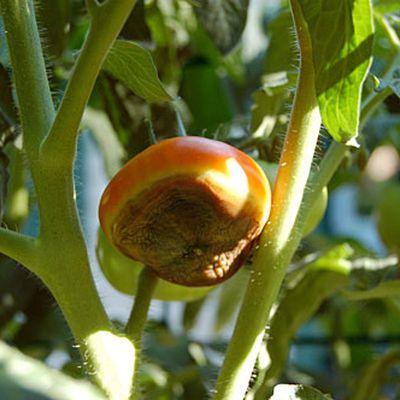
Initially, green oily-watery spots appear on unripe fruits (usually on the first clusters that set). Then they acquire a brown tint and seem to be pressed into the fruit and become denser, having a concentric shape at its top. Affected fruits begin to ripen faster, become the site of secondary infections, and may rot and fall off.
If you have not encountered such a disease before, then it can be easily identified from the photo, unlike many other diseases where you have to analyze the symptoms in a complex manner. To prevent the occurrence of blossom end rot, the following measures are necessary:
- Greenhouse ventilation;
- Regular watering;
- Adding calcium to the soil before planting;
- Strict control of doses of applied nitrogen.
If the greenhouse is installed in a country house and during the week it is not possible to control the level of moisture in the soil, then it is better to install automatic water supply. There are all kinds of sensors and programmable relays (timers) that will help ensure at least daily watering. Such devices operate both from the mains and from alkaline batteries.
For self-ventilation of greenhouses, special transoms are installed, which, depending on the ambient temperature, rise on their own, providing an influx of fresh air. They are autonomous and energy-dependent.
So, when determining the causes of deviations in tomato development from a photo, keep in mind that diseases can be infectious and non-infectious. In the latter case, it is important to observe the dosage of mineral water, observe the lighting, watering and ventilation regimes.

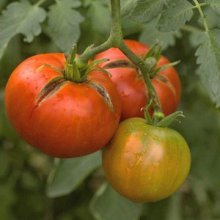
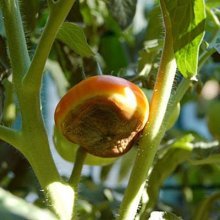
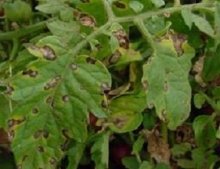
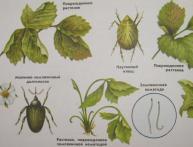

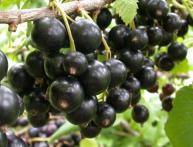

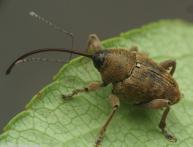
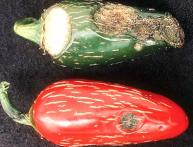
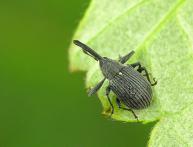
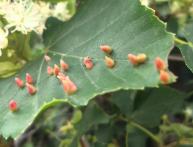
Comments
Oh yes, I am familiar with this problem firsthand! At one time we stopped planting tomatoes completely; they all simply died and produced minimal or no harvest at all. We usually plant in open ground (cover with film on cold nights). And after some time, spots appeared on the leaves, and, as it is written here, they began to curl and wither. Then we were unable to fight this and simply stopped planting tomatoes for a while.
In our garden, the main problem with tomatoes is late blight. While we were inexperienced gardeners, we just fell into a panic; the leaves turn black and wither... now we immediately treat them with late blight, and the harvest is saved!
Due to my inexperience, I had such a problem as a watering error.I didn’t water it at the right time, there were a lot of cracked fruits, you need to know when you can water it, no matter how much you want to, you don’t need to water it during the day! There were also infectious diseases in tomatoes, the next year I moved the seedlings to another part of the garden, the problems disappeared.
I most likely make mistakes in watering, because the tomato fruits sometimes crack. Late blight also appears in late summer - early autumn. I try to fight this scourge with folk remedies.